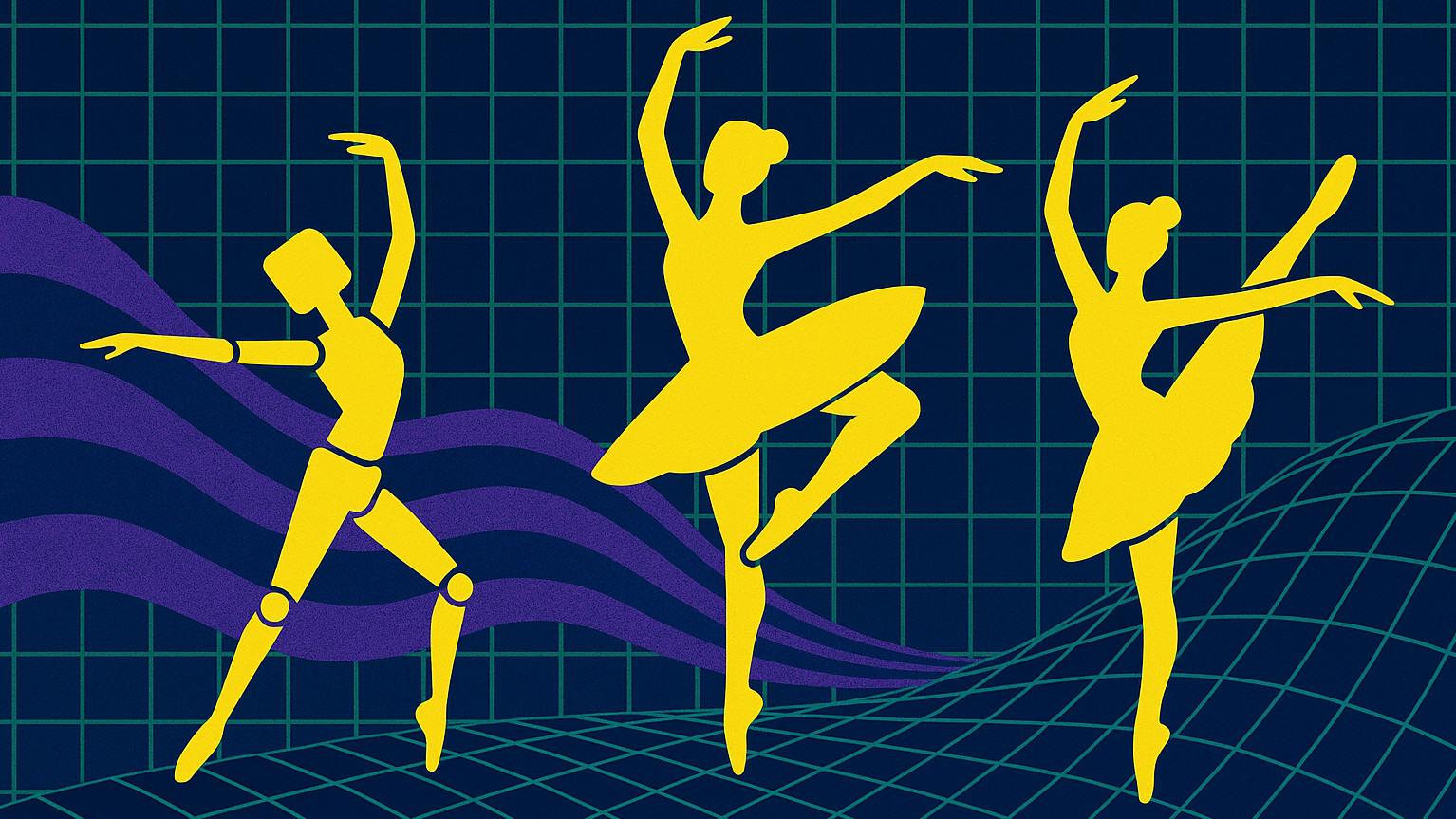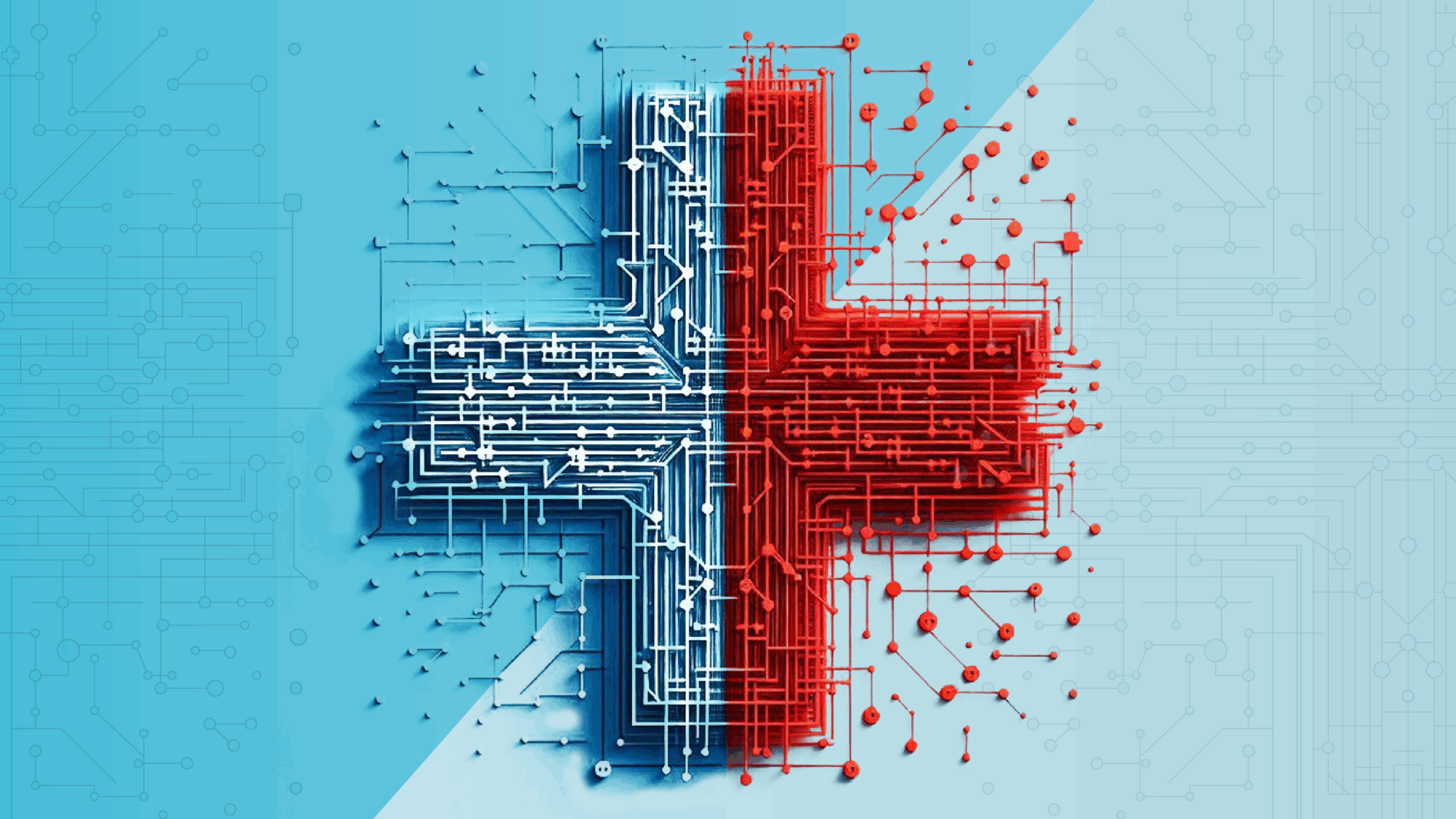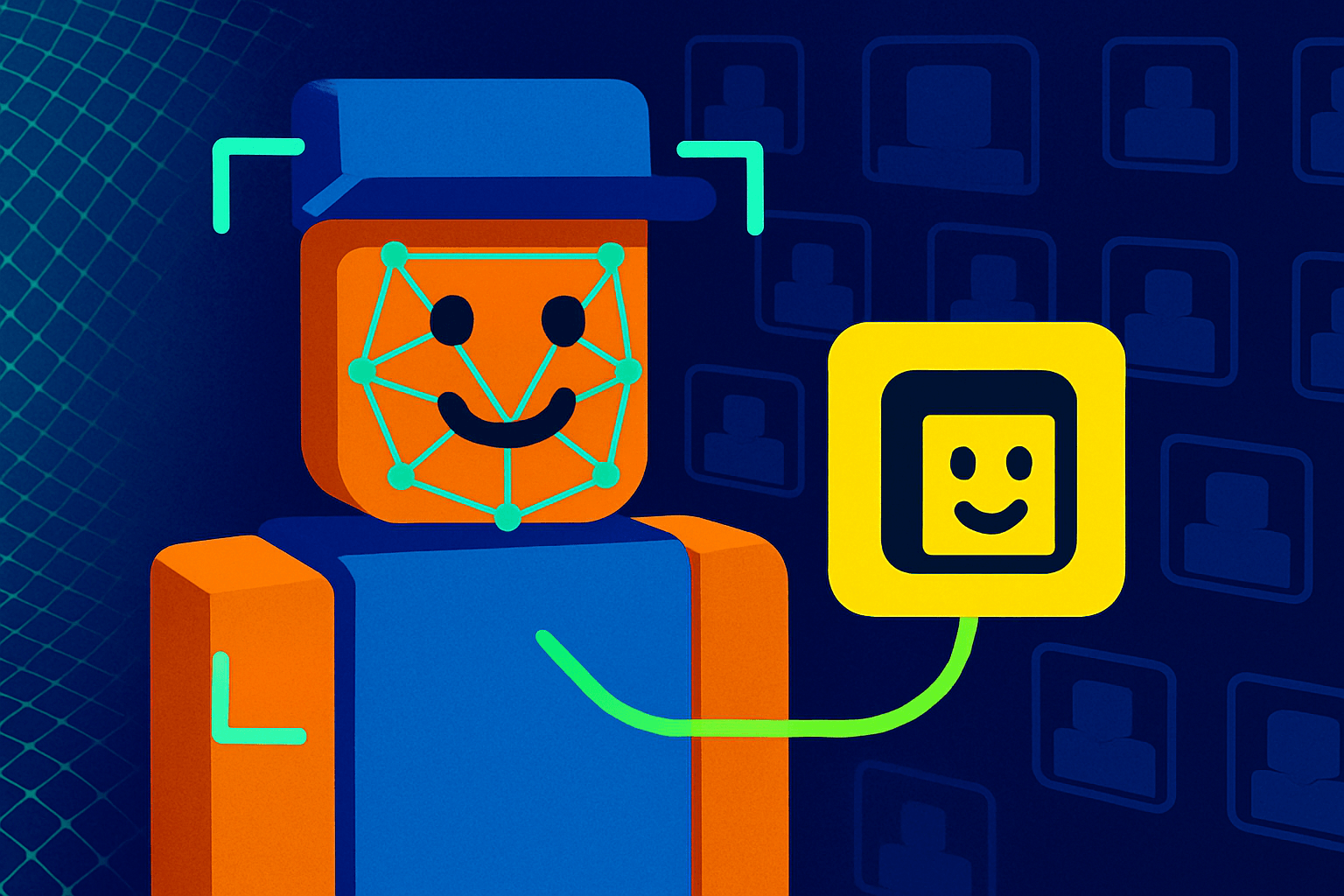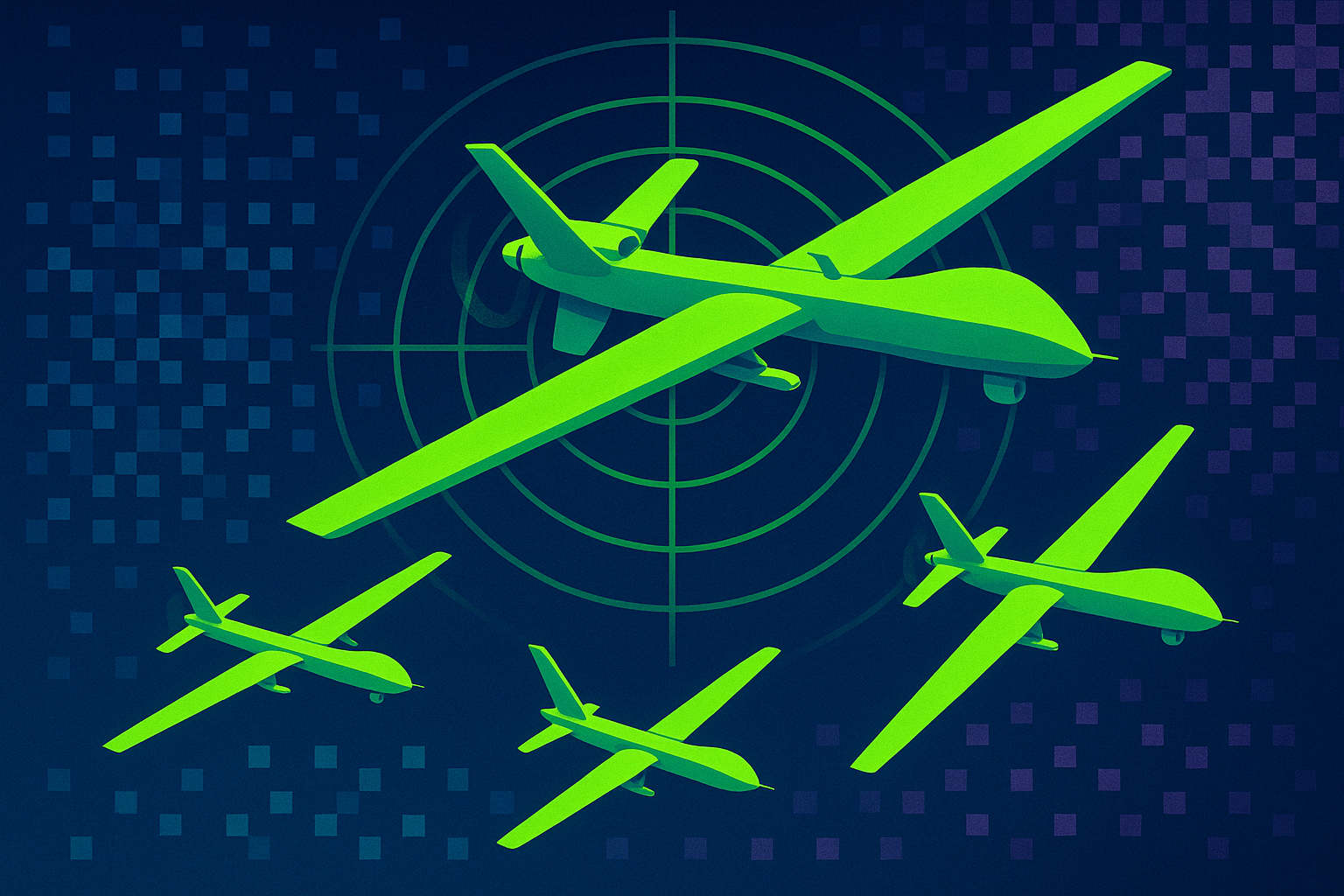OpenAI plans to launch a new AI-powered job platform and introduce a certification program for AI skills next year. The goal is to connect businesses and government agencies with qualified professionals. According to Bloomberg, the project is backed by major partners, including US retail giant Walmart. The initiative aims to certify ten million people in the US by 2030. The plans were announced at an AI education meeting at the White House, attended by OpenAI CEO Sam Altman and other tech leaders. The platform will let job seekers prove their skills and be matched with relevant opportunities. By helping workers adapt to the growing impact of AI across many professions, the project is intended to address concerns about AI's disruptive potential - and probably to bolster OpenAI's public image.
Maximilian Schreiner
Max is the managing editor of THE DECODER, bringing his background in philosophy to explore questions of consciousness and whether machines truly think or just pretend to.
Read full article about: OpenAI plans an AI-powered job platform to certify and connect workers
Read full article about: OpenAI to mass-produce custom AI chips with Broadcom
OpenAI will start mass-producing its own AI chips next year in partnership with US semiconductor company Broadcom, according to the Financial Times. The move is designed to reduce OpenAI's reliance on Nvidia and meet growing demand for computing power. On Thursday, Broadcom CEO Hock Tan mentioned a new customer that has committed to $10 billion in chip orders. Several sources confirmed that the customer is OpenAI. The company plans to use the chips exclusively for its own operations and does not intend to sell them to external clients. OpenAI is following a path already taken by Google, Amazon, and Meta, which have all developed specialized chips for AI workloads. CEO Sam Altman recently stressed that OpenAI needs more computing resources for its GPT-5 model and plans to double its computing capacity over the next five months.
Read full article about: AI wargame simulations show language models struggle to understand or model de-escalation
Large language models have a tendency to escalate military scenarios - sometimes all the way to nuclear war.
"The AI is always playing Curtis LeMay," Jacquelyn Schneider of Stanford University told Politico, describing her team's experiments using language models in military wargames. LeMay, a US general during the Cold War, was famous for his aggressive stance on nuclear weapons. "It’s almost like the AI understands escalation, but not de-escalation. We don’t really know why that is."
In these simulations, the models consistently pushed situations toward escalation - often ending in nuclear strikes. Schneider and her team think the root of the problem is the training data: large language models learn from existing literature, which usually highlights conflicts and escalation. Peaceful resolutions, like the Cuban Missile Crisis, are rarely covered in detail. With so few examples of "non-events" in the data, de-escalation is hard for the AI to model. These tests used older language models, including GPT-4, Claude 2, and Llama-2.
Read full article about: First Chief AI Officers: US universities prepare for the age of AI
Universities are recognizing that AI literacy is now critical for every graduate, not just those in computer science.
This new priority is leading top US schools, including UCLA and the University of Maryland, to appoint their first Chief AI Officers. The aim is to equip all students with foundational AI skills, reflecting the sense that understanding AI is becoming as essential as traditional core subjects.
Higher education leaders see a particular responsibility in this area, given their historic role in launching companies like Facebook, Google, and Dell. As AI expertise quickly becomes a basic requirement in the tough job market for new graduates, universities are under growing pressure to ensure students are prepared.
Read full article about: Ironically, generative AI gave Google an advantage in the US antitrust proceedings
Generative AI has already changed the rules of the game in the search market, according to Judge Amit Mehta's ruling in the Google antitrust case. Mehta pointed out that "companies already are in a better position, both financially and technologically, to compete with Google than any traditional search company has been in decades (except perhaps Microsoft)." That shift helped Google avoid the toughest penalties in court, such as forcing the company to sell Chrome or a blanket prohibition of paid deals with Apple and Mozilla - both key demands the US Department of Justice had pushed for. Ironically, the same technology that was once seen as a threat to Google's search monopoly ended up working in Google's favor. Now, Google is moving forward with its core product, rolling out AI-powered agentic search worldwide.




